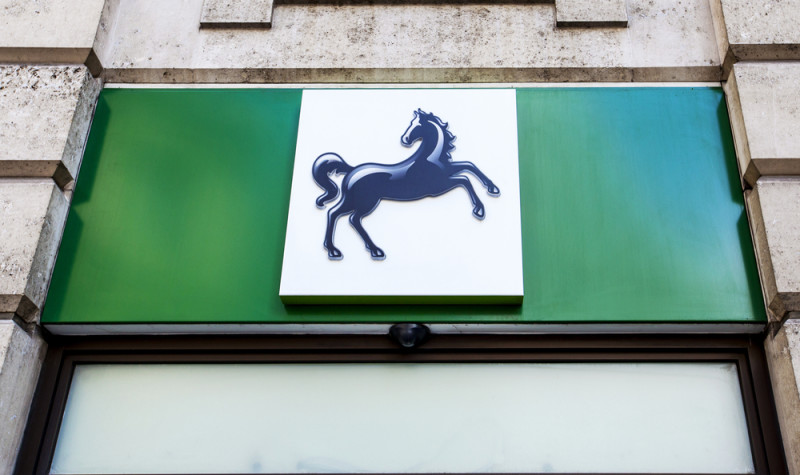Is Lloyds Bank a buy for future income?

Lloyds Bank at 72p after the annual results for the year to December 31st 2015. The shares are essentially now an investment in the end of PPI claims and provisions leading to big annual dividend payouts this year and next.
Lloyds Bank shares: are they cheap or dear now that the share price has burst through resistance, like a crocus bursting through a frost covered winter’s lawn? The share price at 72p is an eye watering 30% (or very close to it at any rate) above the 56p or so it was on February 11th less than three weeks ago. The bank’s annual report, prepared in compliance with statutory accounting obligations, showed annual earnings per share of 0.8p and an annual dividend payout of 2.75p .On the face of it, this is not an attractive picture, because reported statutory earnings were down 53% year on year; and although the dividend was up dramatically, it was uncovered by annual earnings and thus paid out of capital rather than profits. The price to earnings ratio was, at a share price of 72p (last seen), a cool 90 times. Moreover, Lloyds Bank shares, unlike some other banks, are selling at a premium to net assets, not a discount. And yet dearly beloved, the share price as reported rose like a rocket!
The main part of the answer lies in the fact that the reported, statutory earnings per share figure, full as it is of regulatory provision charges, obscures the underlying normal operating results. That is to say, regulatory provisions for payment of misdeeds like the mis-selling of PPI rose 54% last year to £4.8 billion and that, in turn, increased total operating expenses by 10%, thereby reducing the underlying trading surplus by 19%. Because the regulatory provision is so large in relation to last year’s eventual pre-tax profit figure of £1.64 billion, its absence would make a massive improvement to that profit before taxation figure. In other words, Lloyds has only to wait for such regulatory provisions for PPI to drain off for there to be an enormous improvement to pre-tax profits and earnings.
To indicate that, the bank has calculated an underlying figure for earnings as if there was no such regulatory provision. That is done in the context of the belief that not only has the bank probably provided for such claims up to and including the year to December 2017, but that the authorities will prevent any further claims for PPI mis-selling repayment beyond that date.
In consequence, the ‘underlying’ earnings per share figure is, partly and mainly because of that, stated to be ten times greater in value than the statutory figure; that is to say, underlying earnings per share of 8.5p versus the statutory 0.8p. The shares at 72p are selling on a share price to underlying earnings PER of 8.4 times in contrast to the 90 times statutory earnings PER.
The logic of the bullish argument which drove the share price higher is simply to buy now and wait for those earnings to come through in reward. There is, furthermore, an impressive annual dividend yield argument based on the belief that the company, once returned to non-regulatory provision mode, will distribute at least half of those earnings as dividends. That prospect is evidently reflected in the market consensus estimates of underlying profits and dividends for this year and next. And it is in the dividend department that we see the magic of the estimated calculations.
Although earnings per share are estimated to decline 12% this year on an underlying comparison basis, they are still estimated to come in at 7.5p, supporting a close to 50% distribution of earnings as a consensus annual dividend payment of 3.7p, implying an annual dividend yield of 5.1% this year. Next year, to December 31st 2017, earnings are estimated in consensus to rise a little. However, the market seems to think that distribution of earnings next year will be an estimated 60%, not 50%, which no doubt reflects the anticipated and welcome end of PPI claims and provisions.
Naturally, it is an assumption that PPI claims will be stopped by a merciful Osborne Treasury which is anxious to rehabilitate the banks’ reputation both as socially desirable institutions and as more useful mechanisms for commercial and economic growth. Against that, some have threatened to take such merciful action by government authorities to a judicial review, which is a fairly quick process compared to the normal pace of our learned friends at the Inns of Court. It also assumes, of course, that the bank does not get caught up in other malpractices. The fact that Lloyds appears to have quit the investment banking game by and large and restricted itself to UK operations gives some measure of hope in that regard.
My instinct is to follow the market estimates, in which case these shares still look cheap and attractive for those looking for above average dividend income.
Comments (0)